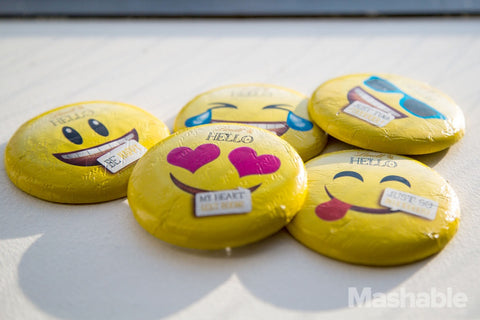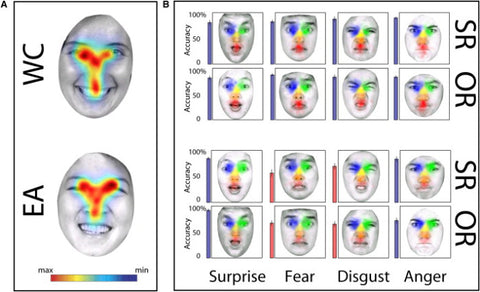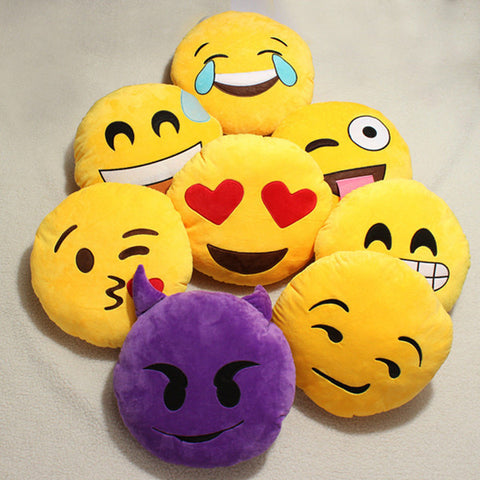
The five different wrapper variants of Lindt’s HELLO Emoji chocolate lineup. Image by Tyler Essary via Mashable.
It may come as a surprise to some that the popular emojis, pictographic ideograms that typically emphasize ideas, concepts, and emotions, have actually been around in Japan since the late 1990’s. These stemmed from emoticons, pictorial representations of emotions created using letters, numbers, and punctuation marks.
![]()
An example of a Western-style emoticon. Image Source.
While it is debated as to how the emoticon emerged in the Western world (some say it emerged from a circa-1860’s transcript of one of Abraham Lincoln’s speeches!), the Eastern emoticons that influenced the earliest emojis of the late 1990’s surfaced in Japan around the late 1980’s. These Japanese emoticons adopted a distinctively different style from their Western counterparts; a style that eventually caught on in South Korea and other Asian countries. While Western emoticons tend to emphasize the shape of one’s mouth in a given expressed emotion, Japanese emoticons place greater emphasis on the conveyance of emotion through one’s eyes instead.
![]()
A table depicting the comparison between Western and Japanese emoticons. Image Source.
This difference is largely due to how Asians and Westerners view emotions in third person. In a scientific study conducted to determine the differences in perception of emotion between Asians and Westerners, it was found that Western participants of the study placed visual emphasis on the entirety of one’s face when trying to interpret the emotions exhibited by their peers. This contrasted with Asian participants, who tended to exhibit a systematic bias towards the eyes; likely due to cultural differences from that of their Western counterparts.

Perception and Expression of Emotions in Different Cultures. Image Sources.
While emojis made their way into Japanese culture in the 90’s, emoticons of both the Western and Eastern variants continued to be widely used in both cultures well into the 2000’s. It was not until the worldwide inclusion of the modern-day emoji in Apple’s iPhone sometime in the early-2010s that the “emoji craze” skyrocketed into mainstream pop culture.

Apple’s emoji keyboard. Image Source.
The famous Apple iPhone emojis subsequently spurred the creation of a variety of emoji-based products. One of the more popular items that stemmed from this recent emoji craze are emoji pillows, typically found in many mainstream department stores.

Emoji pillows. Image Source.
The emoji craze also fostered the manufacturing of a variety of emoji-based apparel as well. Check these out:

Emoji apparel. Image Source.
Recently, the emoji craze transitioned into the candy world with the introduction of Lindt’s HELLO Emoji chocolate lineup! Already available in Germany, South Africa, and other overseas markets, these edible milk chocolate emojis will be making their way to stateside storefronts this June; just in time for you to tell that special someone over the summer that they make your heart go boom!

A balloon featuring one of Lindt’s HELLO chocolate emojis. Image Source.
Not looking to profess your love to someone under the summertime sun? Not a problem. The HELLO Emoji chocolate lineup features many other 30g milk chocolate emoji-wrapped candies that’ll let your peers know that they’re just “too cool” or “too funny” without actually having to say it to them. There’s even one to give to your friend that’s “down in the dumps” and it’s sure to turn their frown upside down!

Promotional picture for Lindt’s HELLO emoji chocolate lineup. Image Source.
Look for your favorite emojis this June in the candy aisle. For only $1.29, you’ll be sure to make someone’s day!



